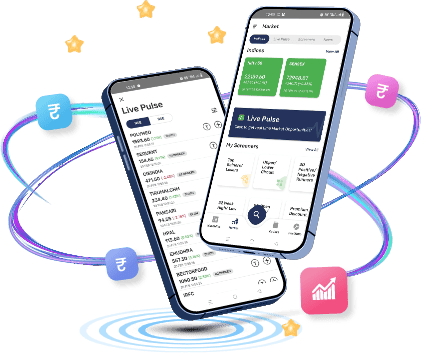Delivery trading refers to the final stage of a financial transaction where the ownership of the asset is transferred from the seller to the buyer. It’s the culmination of the trading process, analogous to taking possession of goods after purchasing them in a physical marketplace. In financial markets, delivery involves the actual transfer of securities, commodities, or currencies, marking the completion of the trade.
How Delivery Works
Delivery mechanisms vary depending on the asset being traded. For stocks, delivery involves transferring the shares from the seller’s brokerage account to the buyer’s account. For commodities, it might involve the physical transfer of the commodity itself, or it could be settled through cash. In currency markets, delivery means the exchange of currencies between the buyer and seller. The specifics of delivery are usually outlined in the terms of the trade.
Types of Delivery
While the term “delivery” often implies physical transfer, it’s important to note that many financial transactions are settled electronically. For stocks, the Depository Trust & Clearing Corporation (DTCC) in the US, and similar depositories in other countries, facilitate electronic transfer of ownership. This streamlines the process and reduces the need for physical certificates. For some commodities, physical delivery is still common, particularly for raw materials like oil or precious metals.
Benefits of Understanding Delivery
Understanding the delivery process is crucial for investors. It ensures they receive the assets they purchased and that sellers receive their payment. It also helps investors understand the settlement cycles and timelines associated with different types of trades. Knowing the delivery procedures helps avoid potential issues and delays in completing transactions.
Delivery in Different Markets
Delivery is a key aspect of trading in various markets. In the stock market, it confirms the change of ownership of shares. In commodity markets, it can involve the physical exchange of goods. In the foreign exchange market, it signals the exchange of one currency for another. Regardless of the market, delivery signifies the finalization of the trade.
Conclusion
Delivery is the critical final step in any financial market transaction. It represents the actual transfer of ownership of the asset from the seller to the buyer. Understanding the different types of delivery mechanisms and the settlement processes associated with various assets is crucial for all market participants. It ensures the smooth and efficient completion of trades and helps investors avoid potential complications.

